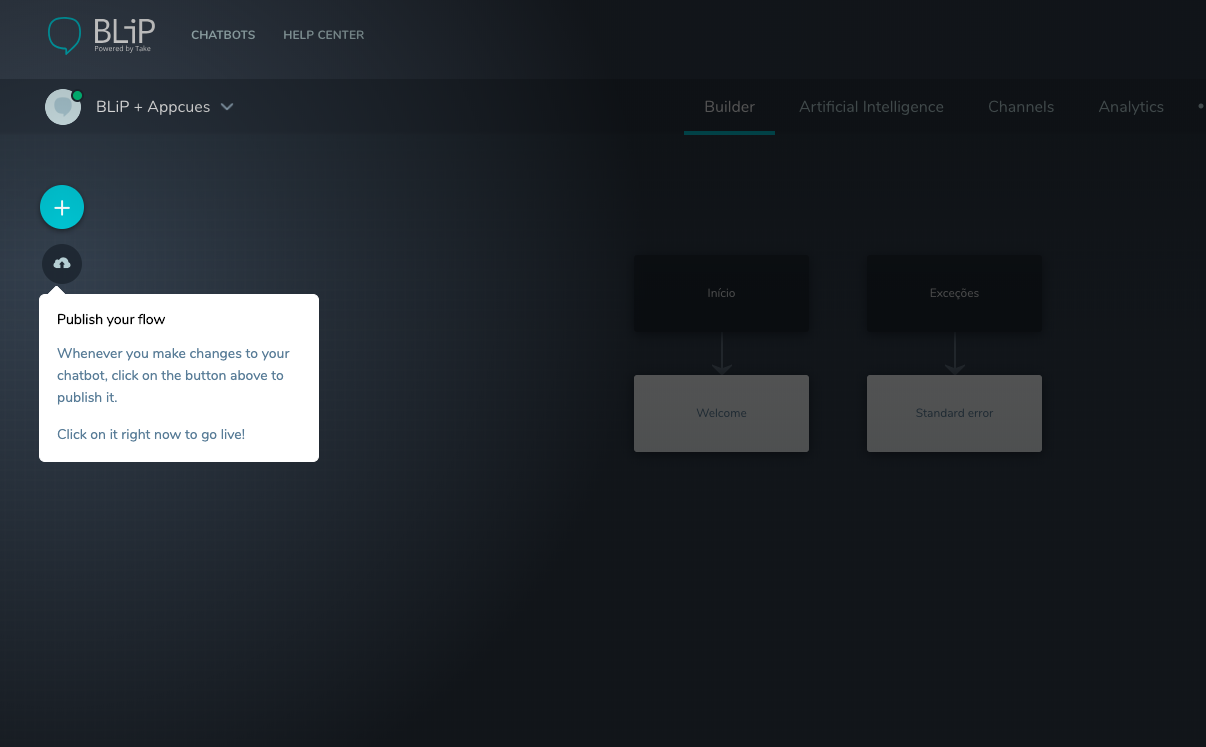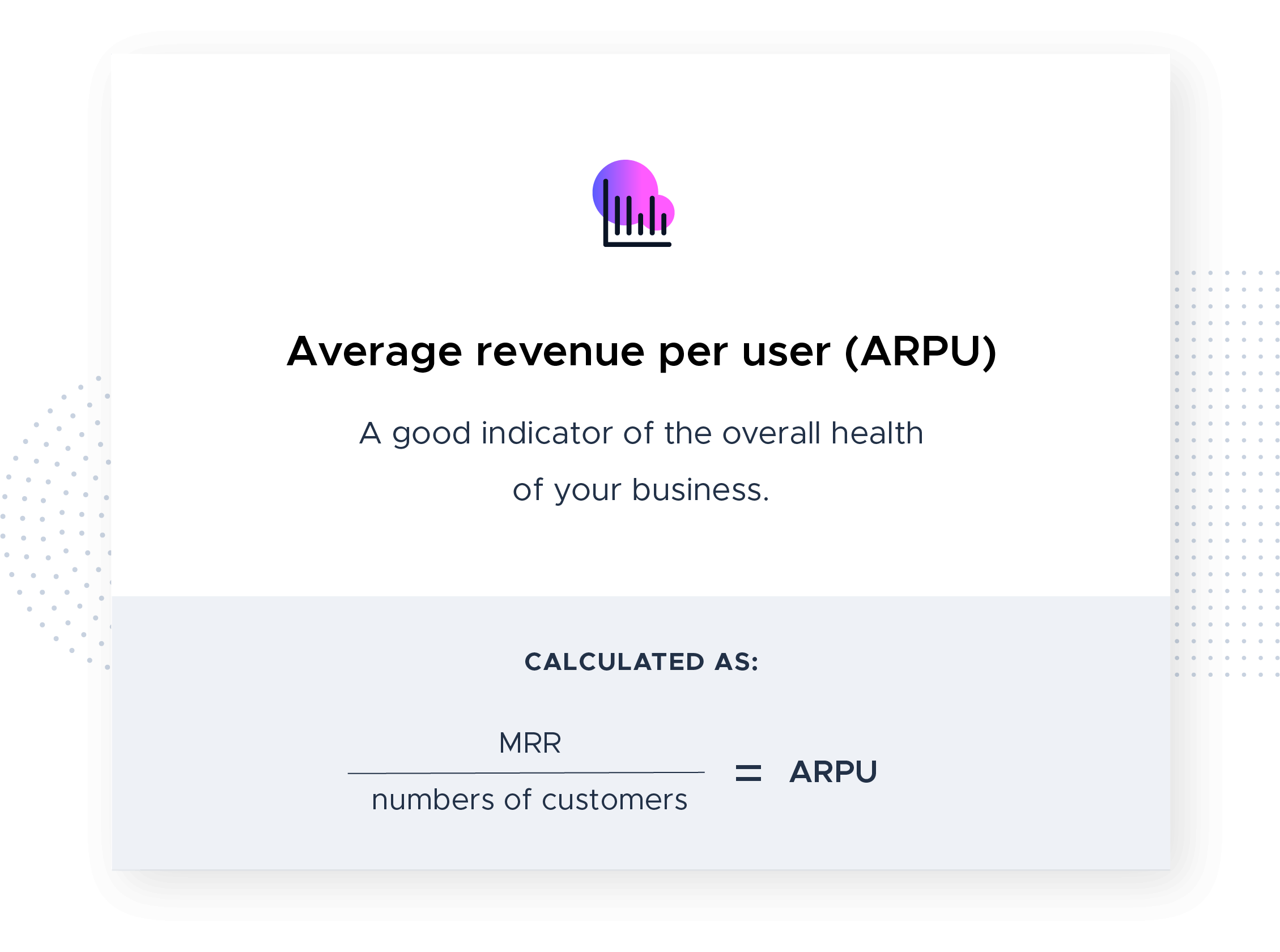What is product adoption? Importance, influences & KPIs
.png)
.png)
.png)
.png)
SaaS companies that plan on being around for the long term invest a lot of time and effort into driving adoption. Why? Because they know that this is the stage in the user journey where things get serious.
Adoption moves you past the she-loves-me-she-loves-me-not stage to full buy-in. It’s a whole other level of commitment on the part of both you and your users.
Whenever users try a new product for the first time, they're actually undertaking a transformation—one that will move them from beginner to enthusiast. However, they'll have to learn a lot about your product first to get there.
You can define product adoption as the endpoint in this user journey. It's the stage when users have finally learned enough about your product to put it to good use—and even prefer it for tackling their specific problems.
Looking at the Product-Led Growth Flywheel, you can see that the adoption stage of the user journey is where Beginners become Regulars. This is important because Regulars are your core user base. They understand and fully appreciate your product’s value. They have integrated it into their tech stack and have come to rely on it in their daily workflows.

Having a product adoption framework matters because when users fully adopt your product, they stick around. Adoption translates into higher retention and lower churn, both of which make your revenue more consistent and predictable over time.
When you improve product adoption rates, you’ll find it does more than just stabilize your revenue—it also unlocks new growth opportunities. Users who have fully bought into your product bring new users into the fold via viral and network effects.
Product adoption is also an excellent way to identify users likely interested in expanding to new use cases, taking advantage of additional features, adding users, and other upsell/cross-sell strategies.
“Churn” is a word that strikes fear into the hearts of SaaS people everywhere. No one likes to lose customers or revenue, but the prospect is made even scarier by the fact that churn is a business killer that can sneak up on you.
While churn may seem to be a small number in the early stages of growth, the compounded effects over time can be devastating. Combine that risk with the fact that it’s roughly 2X cheaper to upsell an existing customer than to acquire a new one, and you start to understand how strong product adoption can save you money—and maybe save your business.
Product adoption combats churn by ensuring that your product is one your users won’t want to give up.
How do you reach this state of bliss? By knowing which product-led growth metrics to measure—and understanding how you can positively influence them to deliver even better adoption and business outcomes.
Several product-led growth (PLG) metrics provide valuable insight into how you’re doing with product adoption. Using these metrics gives you a common language and reporting system that you can use to establish common objectives across all functional areas of your business.
Getting everyone on board and speaking the same language is essential because influencing product adoption is definitely a team sport. Whether you’re enhancing onboarding flows, creating viral elements, or upselling new features, you’ll need the support of designers, engineers, UX writers, customer success, and others to make it happen.

Time to value is the amount of time it takes a user to get to their first aha moment or activation event. The Product-Led Growth Flywheel framework defines TTV as the time it takes an Explorer to graduate to the beginner stage of their user journey. Obviously, you want the shortest TTV you can manage. The faster you wow a new user, the faster they will take the next step in the user journey.
This is the point when a user really “clicks” with your product. They begin to see the short and long-term potential, and they’re starting to get excited about it. Until a user experiences your product’s value for themselves, their interest is hanging in the balance. They might stay, or they might leave.
Reducing your TTV is all about optimizing your onboarding experience around key activation points. This will likely involve a fair bit of observation and testing to determine where your new users are hitting speed bumps and what you can do to help them get past those obstacles.


The mechanics of what defines a PQL vary from company to company. A PQL definition should reflect the specific actions a user must take within the product to activate and reach their first aha moment. The common denominator is that all PQLs indicate that the user is ready to move on to the next stage of the user lifecycle. In other words, a PQL is basically a user whose activity and behavior says, “I’m ready for more.”
PQLs are the warmest leads your sales team will ever get. They are people who understand the value you deliver and are ready to level up. Whether that means they are willing to pay for increased access, add new features, or expand their team, these users offer opportunities for deeper engagement and revenue growth.
Because the path to PQL is unique to each product, your first assignment is to define what that path looks like for your users. By interviewing users, recording user sessions, and running A/B tests, you can identify which behaviors correlate to conversion and retention activity. From there, generating more PQLs is all about testing different offers and CTAs at different points in the user experience.

ARPU is the average amount of money you expect to earn from any individual user. Average revenue per user is calculated as:
MRR/total number of users = ARPU
While ARPU is sometimes dismissed as a vanity metric, it’s actually a practical way to compare how your company stacks up against the competition. (In fact, it’s so effective in that capacity that stock analysts have been using it to gauge the profitability of subscription-based companies for decades.) The reason ARPU is a good indicator of profitability comes back to the fact that it’s more costly to go out and get a new customer than to increase your earnings from an existing one. A higher ARPU drops more money directly to the bottom line.
One way to increase ARPU is to expand a user’s feature set or access level through add-ons and upgrades. Tiered bundles that package key tools and features and/or additional services (more users or storage, for instance) can be designed to appeal to specific user segments. Another way to give your ARPU a bump is to cross-sell related products and services. In either case, how and when you communicate these offers should be handled carefully to ensure the greatest conversion rate.


CLV is a prediction of how much revenue a single customer will generate over the lifetime of their relationship with your product. The simplest calculation for CLV is:
(customer revenue*customer lifetime) - cost of acquisition and maintenance = CLV
CLV is one of the most important SaaS metrics because it provides a long-term perspective on your customer strategies. Knowing a customer’s value over the long haul helps you identify your most valuable customer segments. It also helps you accurately assess how much you can afford to spend on acquisition and retention if you want to remain profitable.
There are 3 main ways to increase CLV:
At a tactical level, ongoing communication and re-engagement are 2 powerful tools for increasing CLV. Communication—particularly around customer support—is critical to maintaining a healthy relationship with your users. And a strong re-engagement strategy will help ensure that users continue using your product.

Churn is the Big Bad. It’s the amount of money lost after you’ve accounted for new and expansion revenue. Net revenue churn is usually expressed as a percentage:
(revenue lost in period - new and expansion revenue) / revenue at beginning of period = net revenue churn
As we’ve already discussed, churn is important because it can slam the brakes on growth and put you in a very precarious position. Net revenue churn is typically the most helpful of the churn metrics you can monitor, since it gives you a more accurate view of company health than gross or customer churn.
How to influence this metric:
Users typically jump ship for 1 of 2 reasons: problems with the product or problems with the customer experience. In either case, the way to fight churn is to use every tool and tactic at your disposal to keep your users engaged and happy. This means nailing down your onboarding, offering a variety of ways for users to discover and learn about existing and new features, and making sure users have easy 24/7 access to the support they need.

They say that good relationships take a lot of work, and the same goes for product adoption. There’s no one-size-fits-all solution or silver bullet. Product adoption is a puzzle that you have to figure out one step at a time. Putting all the pieces together will require the coordinated effort of everyone in your organization.
The good news is that investing your time and effort into mastering product adoption will have profound and long-lasting effects on the sustainability, growth, and profitability of your business. It will help you stabilize your revenue, reduce your churn, and set yourself up to take advantage of growth opportunities that you might have otherwise missed.
Last piece of advice: Don’t get discouraged. Getting adoption right is tricky. You will make mistakes. It will take a lot of iteration and experimentation to find the right combination of strategies to move the needle.
But, once you’re on the right track, the rewards will be well worth the hard work.